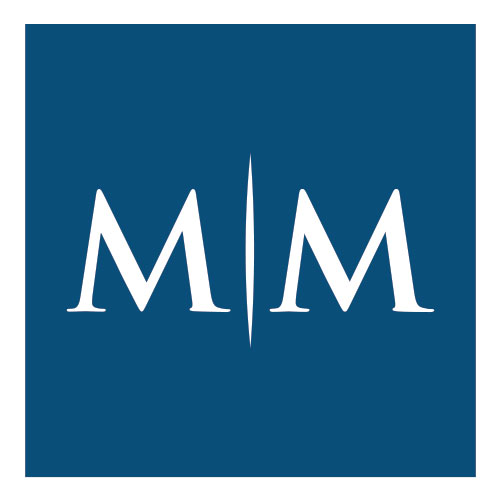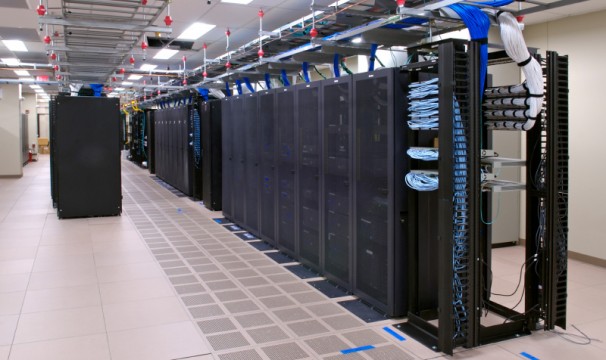On April 30th 2014, the Supreme Court of the United States heard oral arguments in Limelight Networks, Inc. v. Akamai Technologies, Inc. In this case, the Supreme Court is deciding whether the Court of Appeals for the Federal Circuit erred in holding that a defendant may be held liable for inducing patent infringement under 35 U.S.C. § 271(b) even though no one has committed direct infringement under Section 271(a).
When claims are directed to a product or apparatus, direct infringement is always present, because the entity that installs the final part and thereby completes the claimed invention is a direct infringer. But in the case of method patents, parties that jointly practice a patented invention can often arrange to share performance of the claimed steps between them.
Akami’s patent covers a method for efficient delivery of web content. The claimed method consists of placing some of a content provider’s content elements on a set of replicated servers and modifying the content provider’s web page to instruct web browsers to retrieve that content from those servers. Akami filed against Limelight alleging infringement. In Akamai, because Limelight’s customers (and not Limelight itself) performed one of the steps of the claimed method, the district court granted Limelight’s motion for judgment as a matter of law.
As discussed in the CAFC opinion with respect to section 271(a) (direct infringement), absent an agency relationship between the actors or some equivalent, a party that does not commit all the acts necessary to constitute infringement has not been held liable for direct infringement even if the parties have arranged to “divide” their acts of infringing conduct for the specific purpose of avoiding infringement liability.
On the other hand, the induced infringement provision of the Patent Act, 35 § 271(b) provides that “[w]hoever actively induces infringement of a patent shall be liable as an infringer.” As stated by the CAFC, because section 271(b) extends liability to a party who advises, encourages, or otherwise induces others to engage in infringing conduct, it is well suited to address the problem presented by the cases before us, i.e., whether liability should extend to a party who induces the commission of infringing conduct when no single “induced” entity commits all of the infringing acts or steps but where the infringing conduct is split among more than one other entity.
An important limitation on the scope of induced infringement is that inducement gives rise to liability only if the inducement leads to actual infringement. The reason for that rule is simple: There is no such thing as attempted patent infringement, so if there is no infringement, there can be no indirect liability for infringement.
However, a split Federal Circuit held, on rehearing en banc, that a defendant may be held liable for induced infringement of a method patent if the defendant has performed some of the steps of a claimed method and has induced other parties to commit the remaining steps, or if the defendant has induced other parties to collectively perform all the steps of the claimed method, but no single party has performed all of the steps itself.
The oral arguments at the Supreme Court mostly focused on whether the case should be remanded to the district court and whether the case is the proper vehicle for clarifying section 271(b) on the merits. In any event, the public is hoping that the Supreme Court’s decision will clarify induced infringement doctrine and provide a rule as to whether a defendant may be liable for induced infringement of a method patent when the defendant has performed some of the steps and has induced others to commit the remaining steps. There is not yet a time frame for a published opinion and this was the last case heard before the Supreme Court for the present term.


Recent Comments